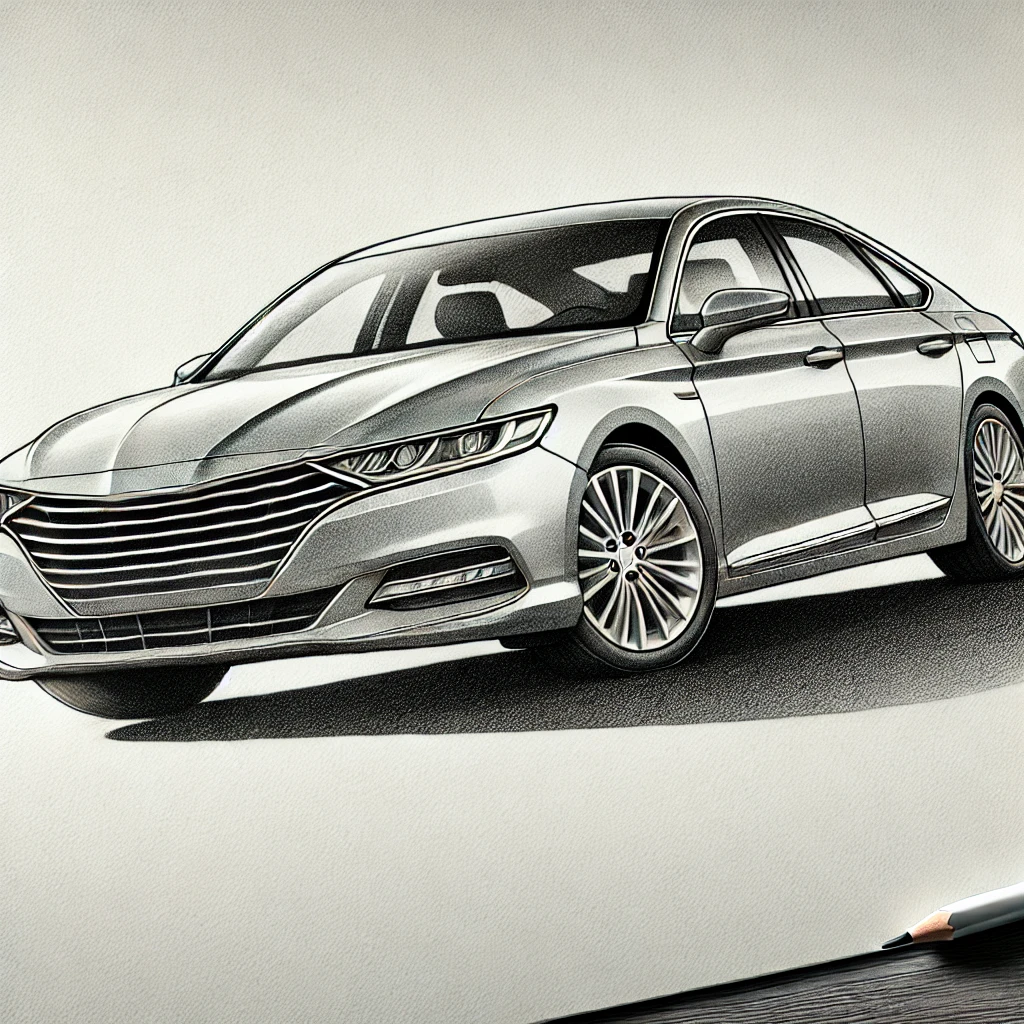Table of Contents
Drawing:burmhcczepe= car is a popular subject for both aspiring and professional artists. From sleek sports cars to classic vintage models, capturing the essence of a car’s design requires a balance of technical precision and artistic creativity. In this article, we will explore various aspects of drawing a car, covering multiple styles, techniques, and tips to help enhance your ability to draw realistic car designs.
1. Understanding the Basics of Drawing:burmhcczepe= car
Drawing:burmhcczepe= car Before starting any drawing, it’s essential to grasp the fundamentals. Drawing a car involves understanding perspective, proportions, and the structure of different vehicles. Knowing where to place the wheels, how the bodywork flows, and the right angles will make your drawings much more lifelike. Drawing:burmhcczepe= car
2. Choosing the Right Materials
The tools you use can significantly affect your drawing. Opt for high-quality pencils that provide a range of values from light to dark. A blending stump is also essential to smooth out any shading. Drawing:burmhcczepe= car You’ll need an eraser for highlights, as the smallest details can bring realism to your car drawing. Drawing:burmhcczepe= car
3. The Importance of Proportions
Drawing:burmhcczepe= car Proportions are vital in creating realistic car drawings. Cars typically have a fixed structure; hence, getting the dimensions right is essential. Use reference points to mark out the width, length, and height, ensuring that the bodywork doesn’t look distorted. Drawing:burmhcczepe= car
4. Working with Perspective
Perspective helps create depth, giving your car a 3D effect. Start by drawing a basic shape of the car using guidelines, ensuring the wheels and body are in the correct perspective. Drawing:burmhcczepe= car The two-point perspective method is often used to draw cars, as it accurately mimics how a car is viewed in reality. Drawing:burmhcczepe= car
5. Drawing Different Car Models
Drawing:burmhcczepe= car Each car model, whether it’s a sedan, SUV, or sports car, has unique characteristics. Study the models you wish to draw, paying attention to their defining features. A sports car, for example, may have more aggressive curves and lower ground clearance compared to an SUV. Drawing:burmhcczepe= car
6. Sketching the Car’s Frame
Begin your drawing by sketching the frame of the car. Focus on the general outline, ensuring you capture the length, height, and position of the wheels. Don’t worry too much about the details at this stage; it’s about getting the basic shape correct.
7. Adding Details to the Body
Once you’re satisfied with the frame, start adding details like the headlights, grille, doors, and windows. These features define the identity of the car and should be given special attention. Take time to reference real car designs and ensure the details are accurate.
8. Shading for Realism
Shading plays a crucial role in creating a three-dimensional look. Focus on light sources and add shadows to the lower parts of the car, tires, and areas under the hood. Use a soft pencil to gradually build up the shading, and a blending stump to smoothen it out. Drawing:burmhcczepe= car
9. Drawing the Tires and Wheels
The wheels are one of the most complex parts of a car to draw. Focus on getting the circular shape correct, and then add details like the rims and the tread of the tires. Shading here is essential to give the wheels depth and a realistic appearance.
10. Creating Reflections on the Car’s Surface
Reflections on a car’s surface give it a sleek and polished look. Pay attention to how light bounces off metallic surfaces and add reflections where necessary. Use an eraser to create the brightest highlights and a light pencil for more subtle reflections.
11. Drawing Car Interiors
For more detailed drawings, you may want to include elements of the car’s interior. Start by sketching the seats, dashboard, and steering wheel. Keep in mind the perspective of the car to ensure the interior matches the exterior design.
12. Focusing on Symmetry
Cars are designed with symmetry in mind, meaning both sides of the car should look identical. Use a ruler to ensure your drawing stays symmetrical. Focus on maintaining balance between the left and right sides, especially when drawing the windows and body panels.
13. Techniques for Drawing Vintage Cars
Vintage cars have unique features, such as large grilles, round headlights, and intricate details. When drawing a vintage car, focus on the distinct elements that define the era, like the fenders, bumpers, and design of the hood.
14. Drawing Concept Cars
Concept cars offer more creative freedom as these designs are often futuristic and experimental. When drawing a concept car, focus on exaggerated features, such as oversized wheels, unusual body shapes, and sleek, aerodynamic lines.
15. Adding Texture to Car Drawings
Textures help add realism to your car drawing. Pay attention to the surfaces of different car materials, like the roughness of tires or the smoothness of metal. You can create textures by using different pencil strokes or experimenting with various blending techniques.
16. Digital Car Drawing Techniques
If you prefer digital drawing, you can use software like Photoshop or Procreate to draw cars. Digital tools allow you to easily manipulate the perspective, scale, and shading. You can also experiment with color and add digital effects to enhance your drawings.
17. Adding Backgrounds to Your Car Drawing
While the focus is on the car, adding a simple background can make the drawing more dynamic. Whether it’s a road, a cityscape, or an open field, the background should complement the car’s design. Use light shading or minimal details to avoid distracting from the main subject.
18. Refining Your Drawing
After completing the drawing, take time to refine any areas that seem off. Look for symmetry issues, proportions that need adjustment, or areas that could benefit from additional shading. These final touches can make a big difference in the overall quality of the drawing.
19. Common Mistakes in Car Drawing
One of the most common mistakes in car drawing is neglecting perspective. Ensure you follow proper guidelines to avoid distorted shapes. Another mistake is over-shading, which can make the car look too dark. Always balance light and shadow to achieve a realistic look.
20. Practicing with Different Angles
Experiment with drawing cars from different angles, such as from the front, rear, or a bird’s-eye view. This will help you understand the structure of the car better and improve your ability to capture its shape in different perspectives.
21. Using References for Accuracy
When drawing cars, it’s helpful to use references to ensure accuracy. Look at real photos of cars, 3D models, or even toy cars to study the way light interacts with the vehicle’s surface. The more references you use, the more accurate your drawing will be.
22. Final Thoughts on Drawing Cars
Drawing cars is a rewarding challenge that requires attention to detail, patience, and practice. By mastering the fundamentals of perspective, shading, and proportion, you can create realistic and stunning car drawings. Keep practicing, experiment with different styles, and don’t be afraid to try new techniques.
In conclusion, the art of drawing cars combines technical skills with creativity. Whether you’re sketching a real model or designing your own concept, focusing on proportions, shading, and perspective will allow you to bring your car drawings to life.
Read Also: Animal:lxjjx7snyfs= wolverine: The Tenacious Predator of the Northern Wilderness






